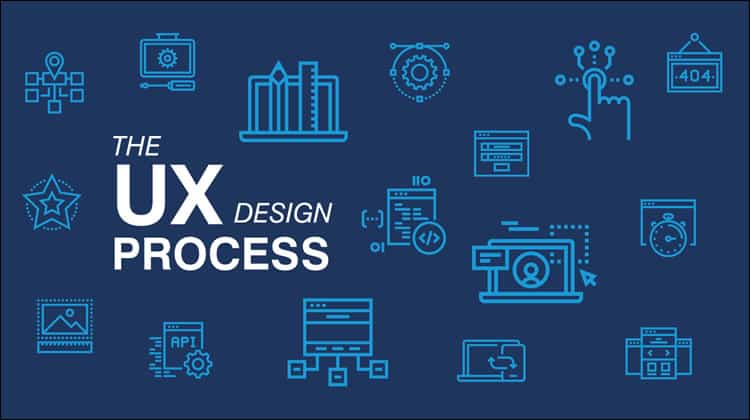
User experience, or UX, is an area of tech development that focuses on the quality of interactions between customers and the products they use. In addition to technical specifications, UX professionals concern themselves with how users feel about products. Ideally, they make apps, websites and other products highly useful, easy to operate and fun to navigate.
What Is User Experience?
According to the Nielsen Norman Group, UX “encompasses all aspects of the end-user’s interaction with the company, its services, and its products.” It may include elements such as:
- How products operate
- The experience of buying, opening and using the product for the first time
- Upgrading to new product versions
- Learning how to use the product
- Tech support and product education
A good UX is usually defined by its elegance and ease of use. It presents a seamless combination of engineering and marketing, as well as elements of graphic, industrial and interface design.
The UX Design Process
Although there are no hard and fast rules to this process, UX design generally occurs in the following five stages.

Research
To create a great user experience, developers must first take the time necessary to understand their end users. Conducting research helps developers get into customers’ mindsets. Common modes of research include listening to and observing customers; interviewing; and offering online surveys.
The data from this research can help developers create “personas,” or fictional representations of real end users, designed to depict their motivations, needs, goals and expectations. In doing this, designers are better able to keep the customer’s mindset at the forefront of everything they do.
Design
Once enough research is collected, developers can then begin to think about how to design their products. In the design phase, developers begin to structure their content and think about the “customer journey,” or the series of steps the end user will take when using the product.
It’s common to use “information architecture,” the process of structuring, labeling and organizing content. This is done using “wireframing,” the act of physically creating an illustration that demonstrates how a site, software program or app will look.
These techniques help designers increase customer self-sufficiency, improve the effectiveness of page navigation and enhance the overall customer experience.
Prototyping
In the prototyping phase, designers create a draft version of the site or product. Aspects of prototyping may include:
- Experimenting with designs
- Repairing inconsistencies and errors
- Developing data and using it to improve upon original ideas
- Demonstrating products to management
- Checking to see that products are functional and usable
Prototyping generally occurs before any coding can begin.
Testing
After a solid prototype is built, developers are then able to test their product. In UX, tests can be as simple as observing customer/product interactions or as complex as presenting different versions of a product to the public to see which is better received. Developers may offer questionnaires and surveys or even do further interviews with customers to identify spots of difficulty or confusion. Because the purpose of testing is to eliminate problems, it should ideally be done as early as possible.
Measurement
Just because a product officially launches doesn’t mean the UX work is over. In fact, UX is an ongoing process that continues for as long as a product’s in use. Developers must continually test product performance to see if it meets customer satisfaction and if any improvements can be made. Measurements might include items such as how likely customers are to recommend products to others and how they use the product itself.
Ultimately, the true goal of UX is to allow businesses to make products that are useful and pleasurable for customers to purchase. When done right, UX is one of the most valuable assets a company can offer.
Source: “The UX Design Process: An Actionable Guide To Your First Job In UX” by Rosie Allabarton on CareerFoundry
Your Career in Software Development
The ability to develop successful and artfully designed software is undoubtedly an important skill in the 21st-century workforce. An online Bachelor of Science in Software Development from Husson University can be the perfect way to begin for those interested in this exciting and challenging field. The program provides students with the broad educational foundation necessary to succeed in a new and better career.
Disclaimer: This content is sponsored via Syndicate Ads.
Want to learn more?
If you’d like to become an expert in UX Design, Design Thinking, UI Design, or another related design topic, then consider to take an online UX course from the Interaction Design Foundation. For example, Design Thinking, Become a UX Designer from Scratch, Conducting Usability Testing or User Research – Methods and Best Practices. Good luck on your learning journey!
